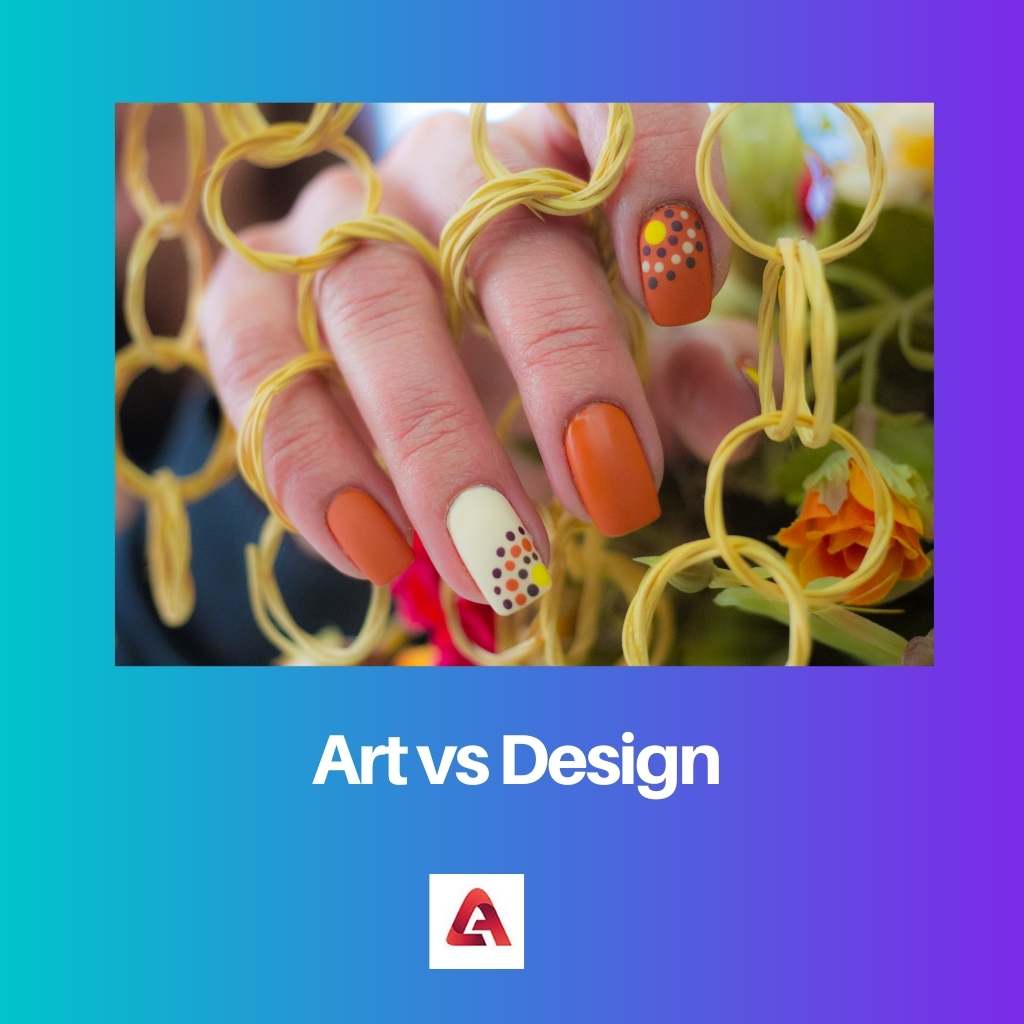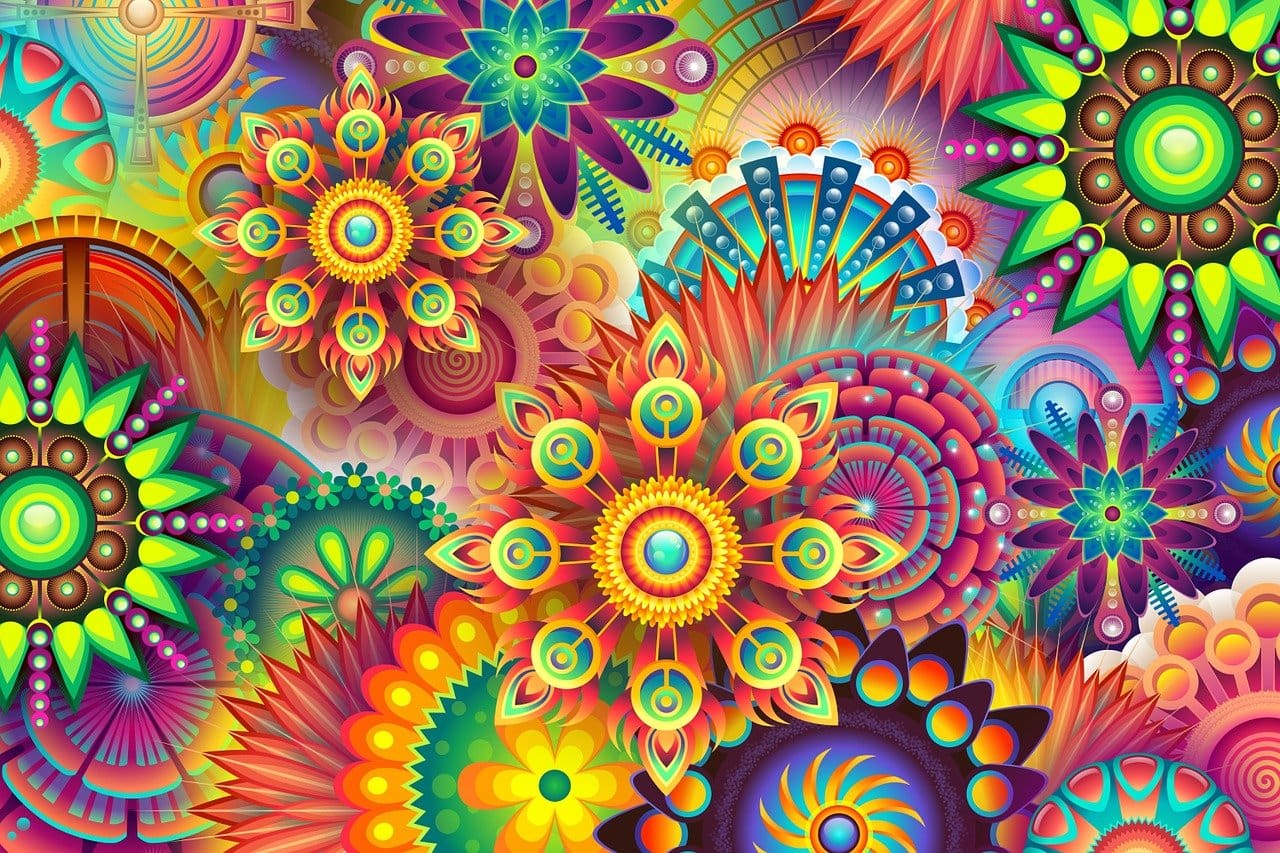Theoretical content is hard to understand and imagine in some complex constants. Images, videos, and photographs add life to the content. These visual representations of content and objects directly hit the imagination.
Art and design are the words used in visual representation that differ from each other.
Key Takeaways
- Art focuses on personal expression, creativity, and aesthetics, while design aims to solve problems and improve functionality through visual communication.
- Art is subjective and open to interpretation, whereas design follows principles and guidelines to achieve specific objectives.
- Art can stand alone, while the design is an integral part of a product, system, or service.
Art vs Design
Art is created for its own sake, while design is created to solve a specific problem or meet a particular need. Art is more intuitive and subjective, while design is more structured and systematic. Artwork is open to interpretation, while design must deliver a specific outcome.

Artists create unique art through their emotions, imaginations, and life experiences. Art communicates philosophies, religious concepts, and political matters. Art has deep insights which can be understood by artists only.
Art is showcased in museums, private collections, and art fairs to sell. Copyright is used to protect the artist’s original work.
On the other hand, design is a planned work that is used to solve complex problems. It requires a lot of data and visualizations to get the desired output.
Designing is used in every field to get a visual representation of the final work. Design is used to create objects that help viewers to gain hidden information.
Comparison Table
| Parameters Of Comparison | Art | Design |
|---|---|---|
| Interprets | Viewers interpret emotions and thoughts in the manner they want. | Design communicates what it wants to the viewers. |
| Experience | It does not require any qualifications and experience to create art. | It requires qualification and experience to solve problems visually. |
| Procedure | Artists do not follow any procedure to create art. | Designers follow a set of procedures to reach the goal. |
| Purpose | It is used to raise questions and awareness in the viewers. | It is used to solve data-driven problems. |
| One word substitution | Talent | Skill |
What is Art?
Art is a human activity done to create artwork that expresses imaginative and technical skills. Art includes the emotional imagination of the artist.
It is a visual representation of imagination, including images and objects forming a paint, sculpture, photograph, and other visual media.
Principles and elements of art are used to examine the art by the viewers. Artists have talent in art by birth, and they improve it through their experience.
There are no restrictions or rules in making art. The principles include harmony, unity, balance, movement, variety, proportion, pattern, and contrast.
Texture, shape, volume, space, line, color, form, and value are the elements of art. The purpose of art is to connect with human emotions and produce a product with the help of human experiences.
It is used to explore political issues, the beauty of nature, skin, philosophical ideas, and spirituality. Art not only denotes beauty but also emotions. Artists create unique art.
Artists use rhythms to help viewers understand the art even when they do not have any idea about art.
Artists draw visual landscapes, still-life, portrait, genre, and narrative arts. Artists sell their art in the art market to make money. The art gallery and art fairs are the places where arts are showcased, and viewers bid on arts to own.

What is Design?
Design is a process of creating buildings, hardware, and software through planning and execution. Designing solves problems and helps people to understand the concept.
Designing creates an abstract system that can be executed successfully to accomplish goals. It requires Creative Thinking for humans to execute designs. The design has various definitions depending on the field.
This is used in creating virtual environments, software programs, video games, automatic cars, and so on. There are courses available in design for those who are interested.
Designing includes both the concept of Arts and Science used in problem-solving human problems and exploring innovative thinking. It does not just communicate the concept like art but also gives a solution to solve a problem.
Designers use systematic processes to design something. They use data and research before starting to design. Designers allow their customers to experience new things with their products and services.
The emphasis, iteration, collaboration, and visualization are the steps included in the design process.
Balance, unity, hierarchy proportion, rhythm, white space, movement, and dominance are the principles of design. The design does not have to be the same or proven.
A design is a result of the problem. It comes in various forms, like art. It may reproduce the already present work to add new features or create a new design. These are not showcased in the museums or fairs but rather built on demand.

Main Differences Between Art and Design
- Art is an imaginative, self-expressive work, whereas design is an innovative, data-driven work.
- Art comes within, and design needs learning.
- Art has unlimited scope, whereas design has a fixed scope depending on the goal.
- Art is used to create awareness about different issues and exploring the beauty of nature. Design is used to solve real-time problems with the help of past data.
- Art conveys multiple messages, but a design conveys only one solution.

- https://books.google.co.in/books?id=fIJjI0UC7AEC&printsec=frontcover&dq=what+is+art+and+design&hl=en&sa=X&ved=2ahUKEwiCqunP1_b0AhU9zDgGHepTDkIQ6AF6BAgDEAM#v=onepage&q=what%20is%20art%20and%20design&f=false
- https://books.google.co.in/books?id=OLTZDwAAQBAJ&printsec=frontcover&dq=what+is+art+and+design&hl=en&sa=X&ved=2ahUKEwiCqunP1_b0AhU9zDgGHepTDkIQ6AF6BAgIEAM#v=onepage&q=what%20is%20art%20and%20design&f=false

The content is very informative and well structured.
I must admit this article has broadened my view on the topic.
I would take a look at the references to learn more about it.
I think the author has a great knowledge on the subject.
I find the author’s description to be overly subjective.
The author’s approach to explaining the art and design concepts is a bit biased.
This comparison seems to oversimplify some aspects of art and design.
The author provides a very deep analysis of art and design. The comparison table is very useful and easy to understand.